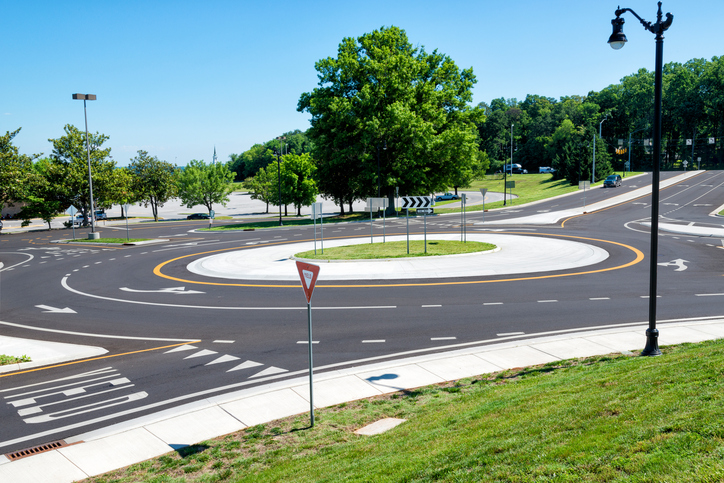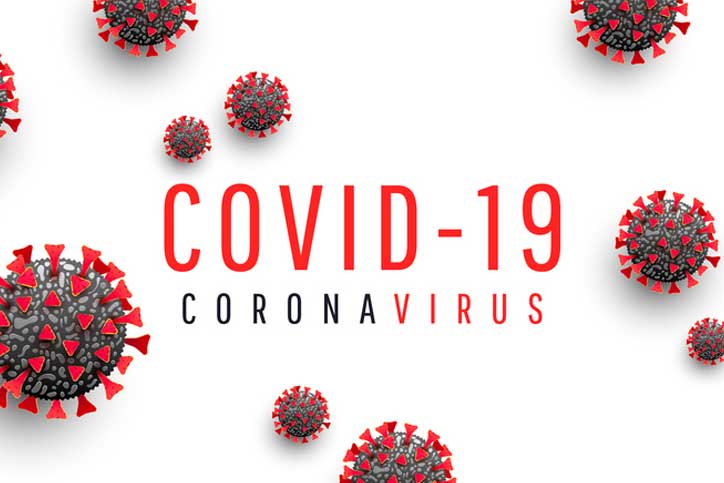What is a Traffic Control Device?
Amid the chaos of a collision scene came a call over my police radio: “Grab that vehicle, it just drove around the cones and into oncoming traffic!” Not only did the emergency workers have to deal with a two vehicle collision in an intersection full of emergency vehicles, they also had to contend with drivers who were going through no matter what.
The line of cones blocking the lane might not have been seen as something the driver needed to take meaning from in this situation. I was surprised to find how little our provincial driving manuals, Learn to Drive Smart and the Tuning Up for Drivers, have to say about following the instructions of temporary traffic control devices other than to think ahead and exercise care in a construction zone.
The single mention of a traffic cone was in Tuning Up for Drivers and involved using one as a marker to practice parallel parking.
A traffic control device can be many things including: a sign, signal, line, meter, marking, space, barrier or device. In this case, the cones would be considered a device and when placed across the lane are a traffic control device that bars traffic from proceeding.
There is a huge number of traffic control devices that we encounter when we drive every day. Signs are self evident, but it sometimes seems that the message conveyed by the type of line painted on the roadway, arrows painted on the roadway or lights, signs and barriers in a construction zone or collision scene are either confusing for some drivers or are simply seen as a guideline rather that something that must be obeyed.
It’s the driver’s responsibility to know what any traffic control device they encounter while driving means and how to obey them.
Failing to obey a traffic control device may place yourself or others at risk and could result in the issue of a violation ticket. Currently that would mean a fine of $121.00 and 2 penalty points.
Should one drive into the oncoming lane toward a crash scene filled with emergency vehicles with flashing lights? Yes, if directed to do so by a person in authority when no other way exists to get past. Otherwise, stop and wait, or as in this case, make a left or right turn and go around the block.
Tim Schewe
Road Safety Advocate
DriveSmartBC.ca
Have you been classed in Auto insurance as a high-risk driver in Ontario? Visit the High Risk Auto Pros online and get an instant car insurance quote.
Are you a Business Owner? Perhaps you’re a business owner looking for commercial insurance? Public Liability, Commercial Vehicle Insurance… Get the right Business insurance for your company. Request a quote today from the Commercial Insurance Pros.





